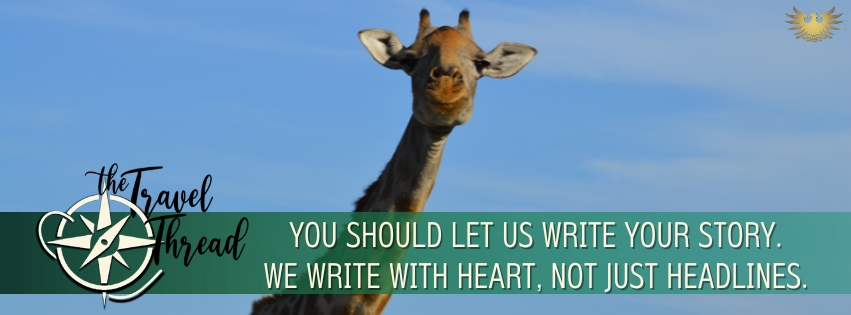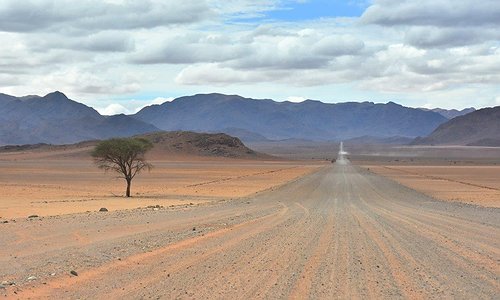DIY travel itineraries using offline tools

In the age of hyper-connectivity, there’s a quiet thrill in closing your apps and plotting your journey the analogue way. For many traversing Southern Africa’s less-charted landscapes, this isn’t nostalgia, it’s a necessity. The signal fades. Batteries run low. But the road stretches on, inviting travellers to tune into their surroundings and rely on tools that don’t blink.
Maps printed on creased paper become trustworthy allies. In Lesotho’s highlands or the sandy backroads of northern Namibia, GPS might falter, but a well-marked topographic map still tells you where the river cuts or the path veers. Margins become canvases for notes, fuel stops, local tips, that place where the goats cross near sunset. Planning on paper lets the journey evolve without the buzz of constant alerts.
Offline navigation apps give digital explorers an edge when coverage disappears. Their preloaded data and offline maps help track progress even in the deepest valleys of the Drakensberg. Combined with a compass, these tools feel almost old-fashioned, but they reward attention. You read the land, not just the route.
For accommodation, printed directories or word-of-mouth recommendations still thrive. A scribbled name passed between travellers over coffee in Bulawayo can lead to a family-run lodge that won’t appear in search engines. In Malawi, a handwritten guestbook might tell you more about a place than any review site could. Offline, information travels differently, slower perhaps, but more richly.
Travel journals become archives in motion.
Pages collect place names, snippets of overheard stories, border fees, and favourite meals. They are travel tools as much as any guidebook, offering insight both during and after the journey. Something is grounding in the act of recording by hand, of sketching the view from your tent or noting the name of a bird that called at dawn.
Offline travel also changes the way one connects with locals. Without translation apps or location-based recommendations, interaction becomes personal. Asking for directions in a mix of gestures and local phrases often yields more than the answer but opens conversations. The absence of tech encourages trust, eye contact, and shared laughter.
Of course, safety still matters. Offline does not mean unprepared. A laminated copy of your ID, printed permits, emergency numbers scrawled on the back of your map - these basics remain essential. It’s not about rejecting technology but knowing how to travel without relying on it. It’s about sustainable travel that pays attention to the world as it is, not just as it’s filtered through a screen.
So, perhaps the next time you plan a route from Cape Town to Kasane, begin not with an app, but with a table cleared of devices. Spread out your map. Make tea. Let the paper absorb your plans. You might find that your journey becomes less about ticking destinations and more about noticing everything in between.




